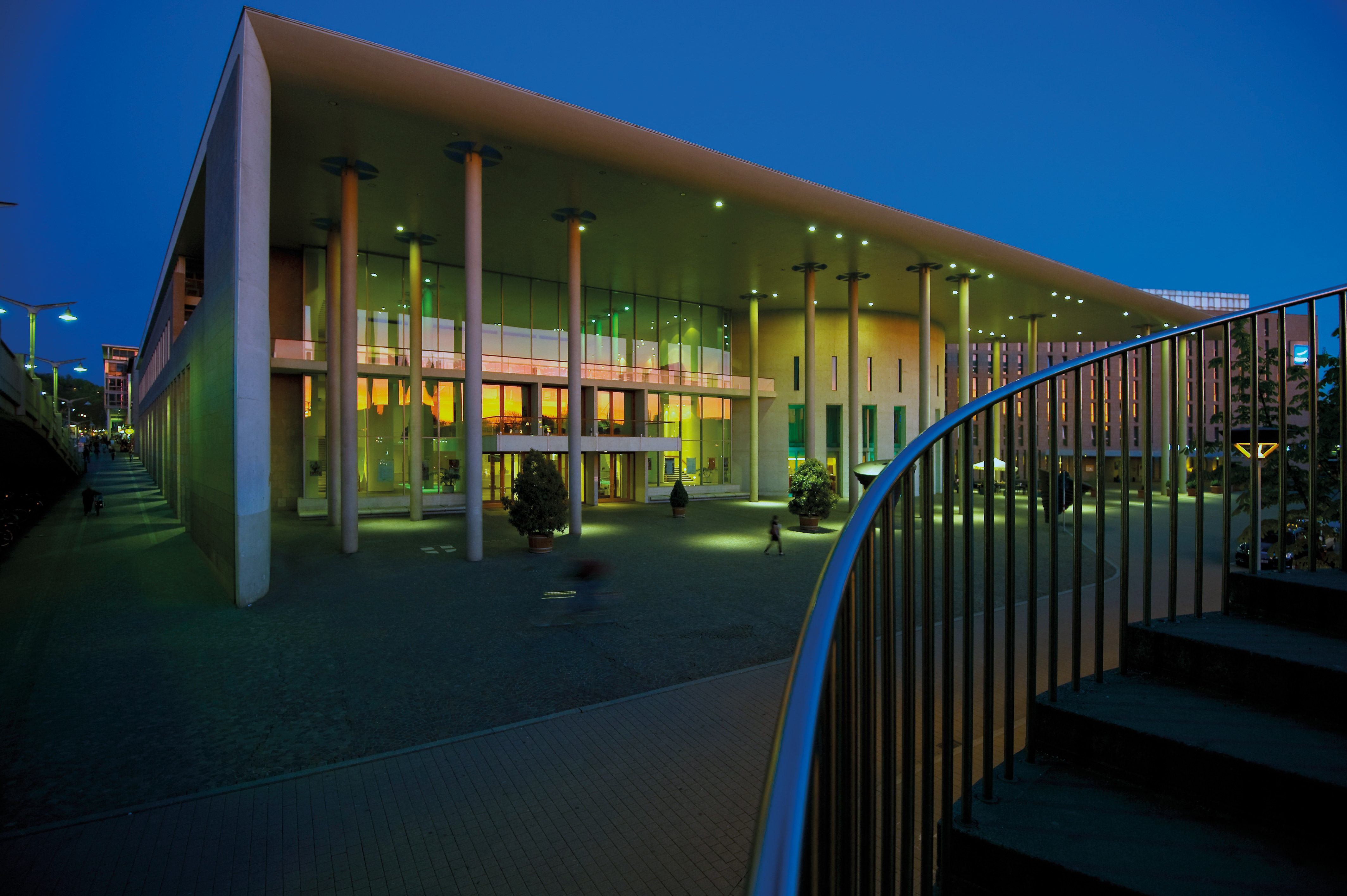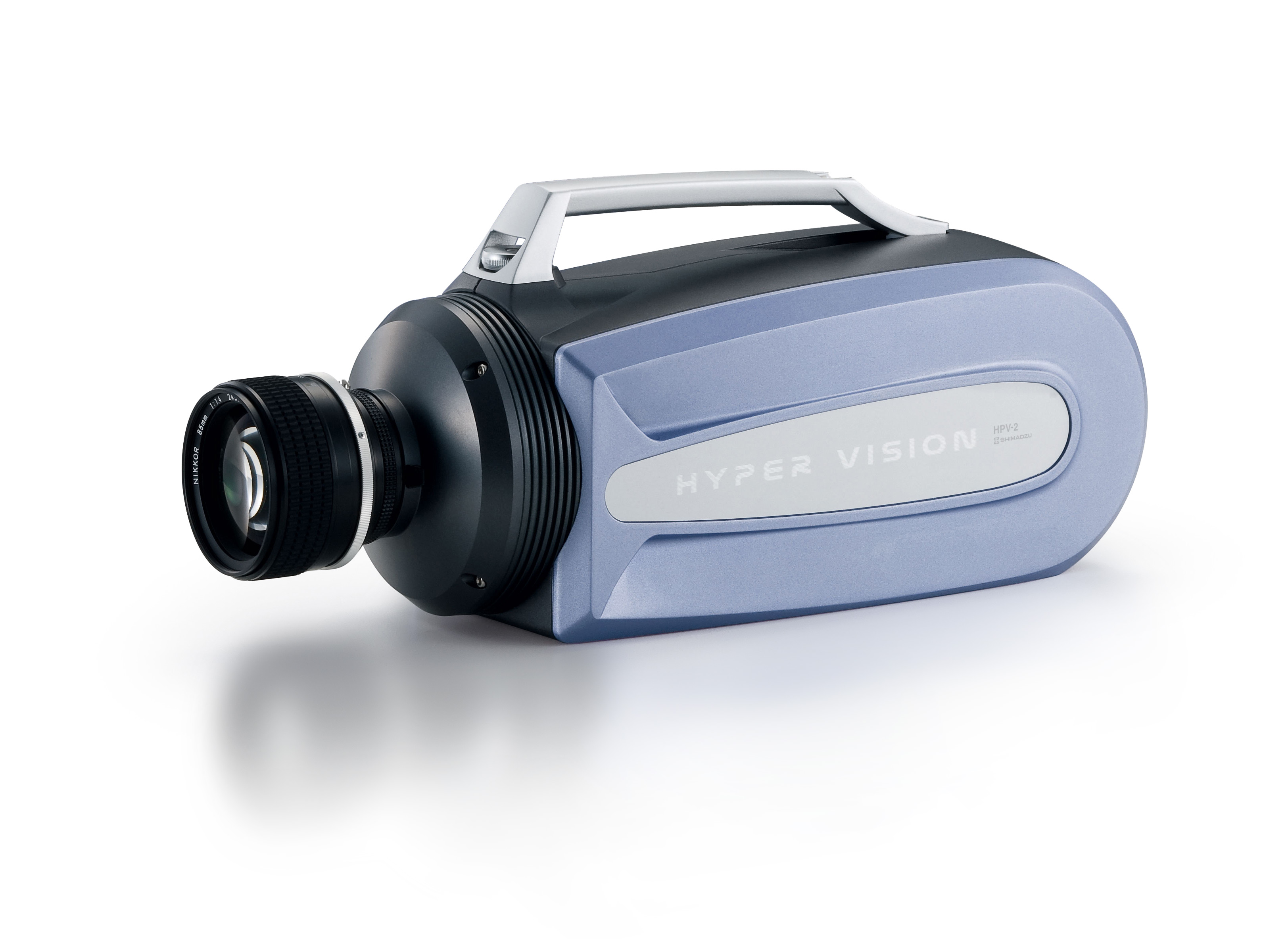DYMAT 2012 – Looking back
Testing machines and high-speed cameras for materials research
 The location of the event – concert hall Fribourg
The location of the event – concert hall Fribourg
The dynamic behavior of materials protects human life, preserves instruments and increases efficiency. Improved crash resistance of automobiles, trains, ships and aircraft makes travel as well as transport of goods safer. Today, space satellites are better shielded from impact by tiny particles of space debris, and turbine blades are more resilient than ever. What are the effects on buildings of shockwaves caused by explosions? How do metals behave at high speed? In all these cases, the dynamic behavior of materials plays a crucial role.
Within the DYMAT association, engineers and materials scientists from all over the world exchange research results and new insights on the dynamic behavior of materials.
 HPV-2 high-speed camera
HPV-2 high-speed camera
As a company with a large material science division, Shimadzu has supported the 10th International DYMAT Conference in Freiburg, Germany, from 2-7 September 2012 and has presented a selection of its testing machines. In particular, the HPV-2 high-speed camera records the fastest crack propagation in materials. In ballistic research, the high resolution of 312 x 260 pixels at a speed of one million frames per second (fps) documents the moment immediately following a ballistic impact test in the highest detail.
As up to four cameras can be synchronized, it is possible to record 3D images or images from four different viewing directions. The specific configuration of the camera enables easy implementation of applications such as DIC (Digital Image Correlation).
Dynamic universal testing machines such as the MMT also received much attention. These systems are used for vibration testing of artificial joints, bones, teeth and tissue engineering, and also for fatigue testing of complex products. The MMT table model enables dynamic tests at frequencies of up to 100 Hz, test loads up to 500 N and strokes up to 20 mm. A wide range of accessories, for instance strain measurement systems and air chambers, allows for even more flexible operation while enabling additional testing procedures.
The week-long conference covered various topics related to materials such as steel, concrete, polymers and energy-absorbing materials. Composites and biomechanics were also discussed and there were numerous lectures on experimental techniques. During the breaks, scientists networked and exchanged information. In numerous conversations with users from around the world, Shimadzu received many inspiring impulses.